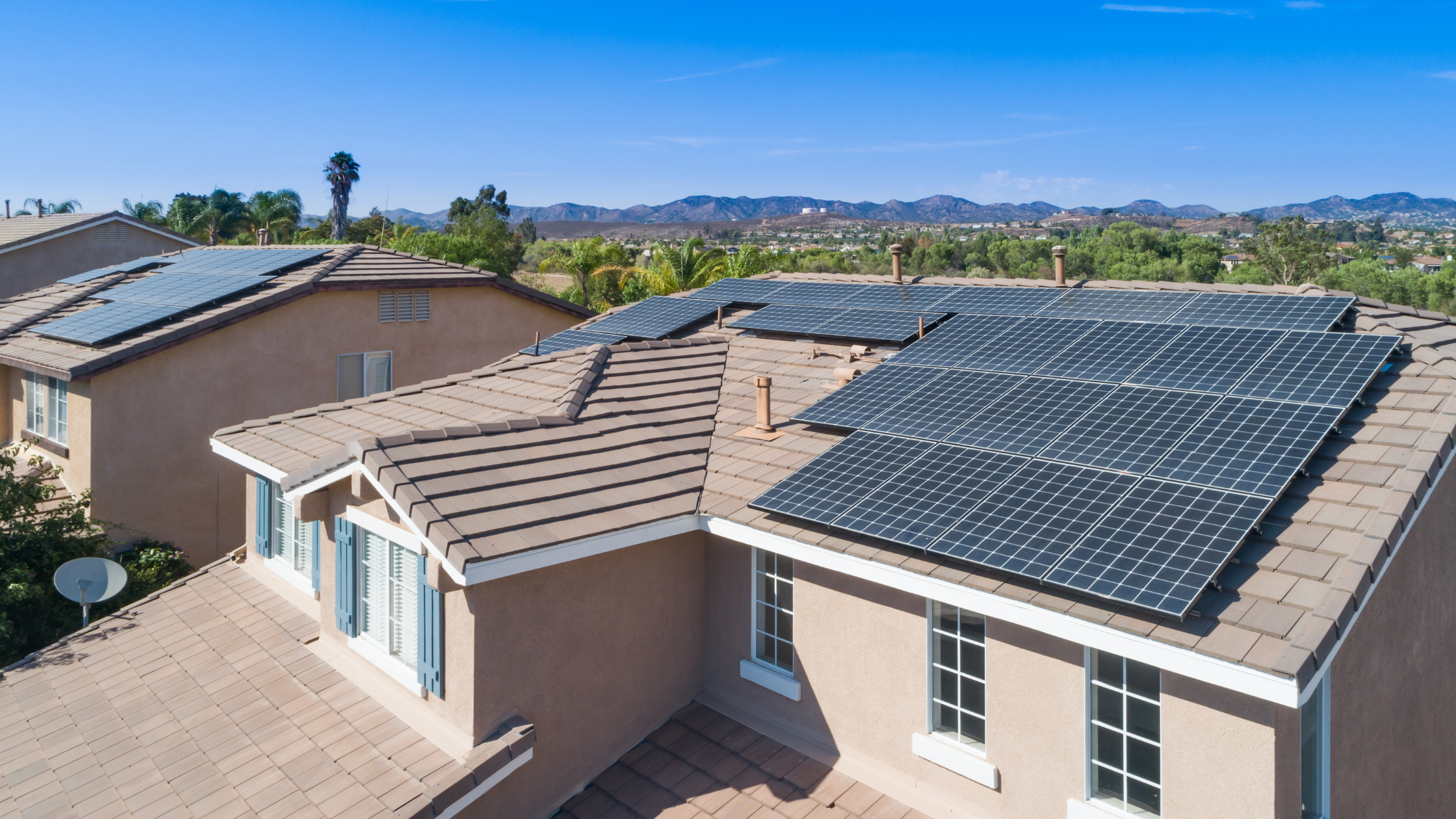
Solar prices are plummeting amid Chinese ‘slave labour’ allegations
What’s happening? Alicia Kearns, Chair of the Foreign Affairs Select Committee, has warned that without stringent laws, Britain risks becoming a dumping ground for solar panels produced with Uyghur slave labour from China. As the US and EU implement bans on such products, the UK, reliant on Chinese-made panels for 98% of its solar needs, faces a critical juncture. With plans to significantly expand solar energy capacity, Kearns emphasises the moral imperative to ensure the UK’s clean energy transition does not support slavery or genocide. Reports highlight China’s near-monopoly on solar-grade polysilicon production, which is heavily implicated in forced labour practices. (The Telegraph)
Why does this matter? The current global market saturation of solar panels, precipitated by a surge in production from Chinese manufacturers, has significant implications for Western solar suppliers and broader geopolitical energy dynamics. As prices for solar panels plummet, falling to half of last year’s figures, the industry faces a pivotal moment that carries both risks and opportunities. Kearns claims that China has only achieved such prices by widespread use of slave labour, including two to three million Uyghur and Kazakh citizens from the Xinjiang region who were placed into forced labour camps. This means many of the modules used on UK homes and in solar farms may originate from Chinese slave labour.
Knock-on effects – The dependence on Chinese solar panels also carries risks of supply chain disruptions, geopolitical vulnerabilities, and the inability to control the quality and standards of the imports. The International Energy Agency’s estimate of a triple-fold supply compared to demand by year’s end is likely to exacerbate the current situation. Moreover, the spectre of potential trade disputes looms, as evidenced by the US Treasury Secretary’s call for China to curb its aggressive export strategy. This overreliance could stifle innovation and diversification within the sector, ultimately undermining global energy security.
US and EU vulnerability – With prices falling below sustainable margins, European and American companies find themselves in a precarious position, grappling with job losses, factory closures, and a fight for survival. The European solar industry’s plea for emergency assistance shows the magnitude of the situation. Without urgent support, the Western market risks losing its manufacturing capabilities, ceding more ground to Chinese imports and potentially compromising the diversity and security of the global solar supply chain.
Policy support needed? – European manufacturers are calling for urgent support to prevent further decline, while the US market also struggles with price competition from Southeast Asian imports. Western governments may need to re-evaluate policies concerning subsidies, tariffs, and domestic manufacturing incentives. The European Commission’s commitment to scrutinise alleged unfair practices and the draft plan to bolster EU solar panel manufacturers exemplifies a shift towards more protective measures. Similarly, the US Inflation Reduction Act‘s subsidies for domestic manufacturers are a strategic counter to the dominance of imports. In crafting these regulations, policymakers must balance the desire to nurture domestic industries with the benefits of cheap imports for the expansion of solar energy. Regulations that are too protective could stifle the growth of the renewable sector by keeping prices artificially high, while lax regulations may lead to a complete erosion of domestic production capabilities.
Improving accessibility? – Conversely, the glut has presented technological opportunities, making solar energy more accessible. Cheap panels drive innovation in usage, with creative applications such as solar fences in the Netherlands and Germany. Reduced costs also lower the barriers for households and businesses to adopt renewable energy, thus accelerating the transition away from fossil fuels. In this light, the current market situation could spur a broader democratisation of energy, empowering local communities and individuals to contribute to the green transition.


